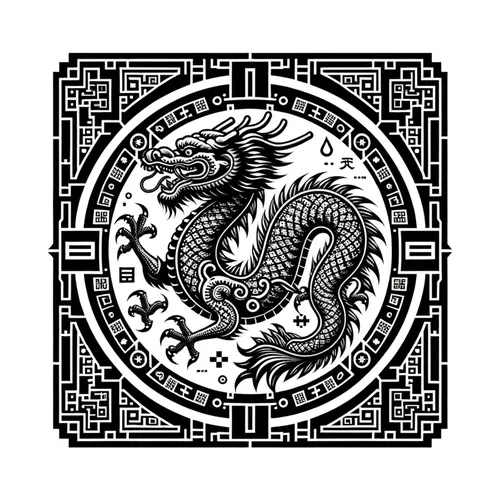China's Cyber Stunts: Blackouts, Spies, and AI Chip Chess
- Author
- Quiet. Please
- Published
- Sun 31 Aug 2025
- Episode Link
- https://www.spreaker.com/episode/china-s-cyber-stunts-blackouts-spies-and-ai-chip-chess--67573785
This is your Digital Dragon Watch: Weekly China Cyber Alert podcast.
Hey listeners, Ting here, your friendly digital dragon wrangler, back with a sizzling rundown on China cyber news for the last week. Strap in—August has been a popcorn-munching thriller in the world of threat actors, ransomware rampages, and government maneuvering.
First up, let’s talk attack vectors. Just days ago, China hit headlines for briefly disconnecting itself from the global internet. The Great Firewall flexed its muscles—injecting forged TCP reset packets and knocking out HTTPS traffic, which cut off foreign web access for millions overnight. Not only did this blackout jam personal browsing, but it disrupted operations for major players like Apple and Tesla whose core services rely on cross-border data. No political trigger was identified, which has cyber watchers speculating: was this an accidental misconfiguration, or Beijing testing a new isolation tech to amp up the “digital iron curtain”? The fingerprints didn’t match any known systems, suggesting possible debut of new censorship gear.
Now, for a taste of the latest targeted sectors—diplomats have had a rough ride. Google put the warning lights on for UNC6384, a China-linked hacking group going after Southeast Asian diplomatic bodies using malware-laced fake software updates. Their phishing is next-level, tailor-made for the comms habits of embassies. These sophisticated attacks mean the old advice—don’t click suspect links, beware ‘urgent’ requests, stay wary—is more vital than ever. The campaign shows phishing has evolved, exploiting social patterns as much as software bugs.
If you think telecoms and infrastructure are safe, think again. Dutch intelligence named Salt Typhoon, Chinese cyber spies blamed for attacks on critical sectors like global telecoms, government, lodging, and even military. The NSA, UK’s NCSC and others warn Salt Typhoon breached at least 200 US companies, plus widespread targeting of European infrastructure. The MOVEit vulnerability continues to haunt companies, thanks to ransomware gangs like Cl0p, but the headline Chinese state actor deployment against Western networks is the wave to watch out for.
US government responses? It’s been an industrial policy bonanza. The Biden and now Trump administrations are playing semiconductor chess. The US threw $11.1 billion into Intel to fortify the domestic chip supply chain and counter China’s chip push. But Trump’s recent flip—allowing AI chip exports to China in exchange for a 15% tax—sparked fierce debate. Critics say this risks eroding America’s AI lead; $17 billion in chip sales to China last year isn’t pocket change, and with China ramping up AI chip output, this week’s decision might shift global AI power balances.
Federal agencies aren’t idling. The NSA and CISA issued fresh directives ordering urgent patches of Microsoft Exchange and warning about Chinese APTs’ relentless exploits. The FAA is rolling out cyber requirements for unmanned aircraft—yes, even drones must play by NIST’s cybersecurity rulebook now.
Expert recommendations have a familiar ring but renewed urgency: patch known vulnerabilities fast, double-check permissions on cloud and comms platforms (see: OAuth token breaches), up your phishing resilience training, and invest in threat intelligence sharing. If you’re in government, infrastructure, or any strategic sector—even schools—assume you’re already a target and build layered defense.
Thanks for tuning in! Don’t forget to subscribe for fresh cyber dragon dispatches every week. This has been a quiet please production, for more check out quiet please dot ai.
For more http://www.quietplease.ai
Get the best deals https://amzn.to/3ODvOta
